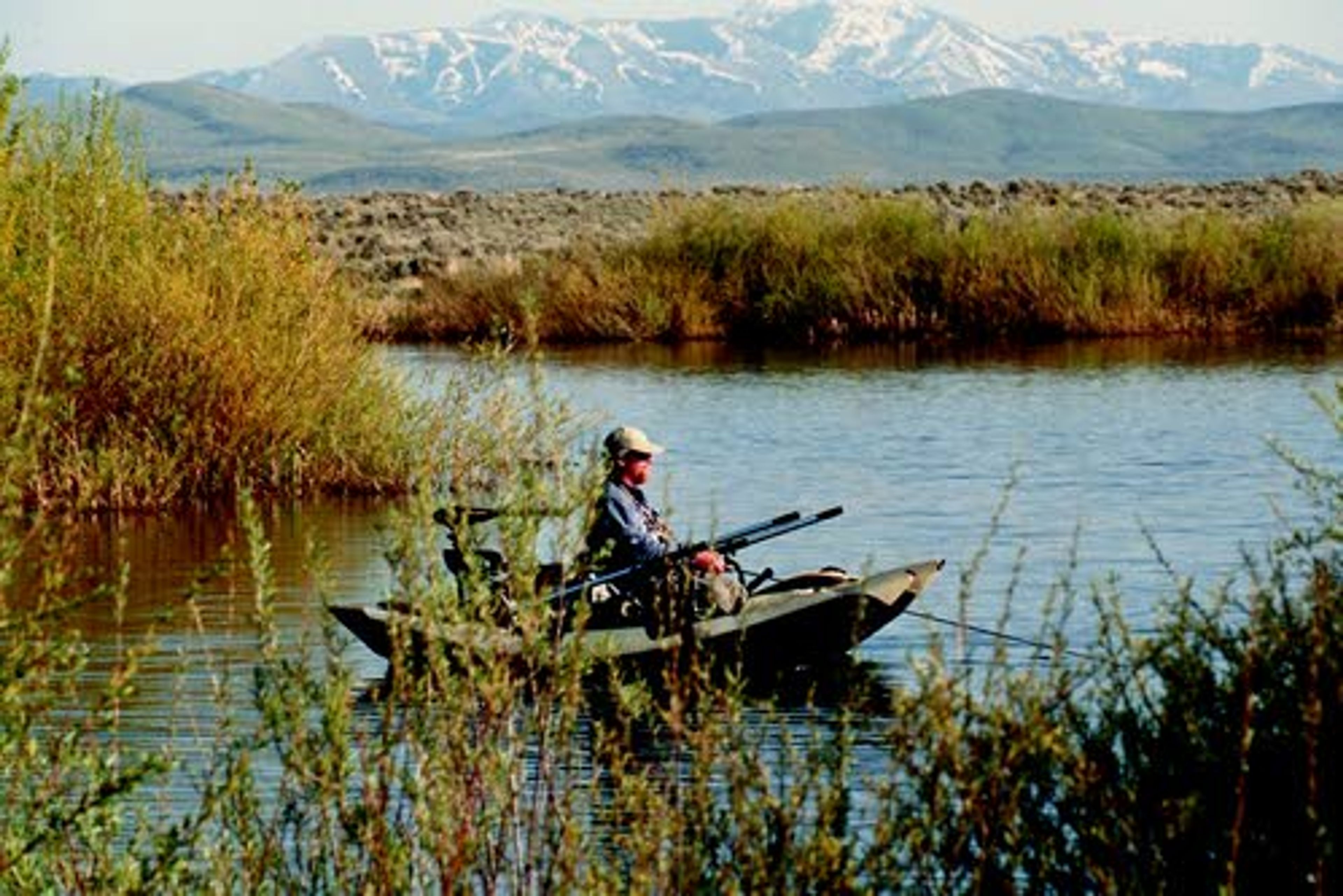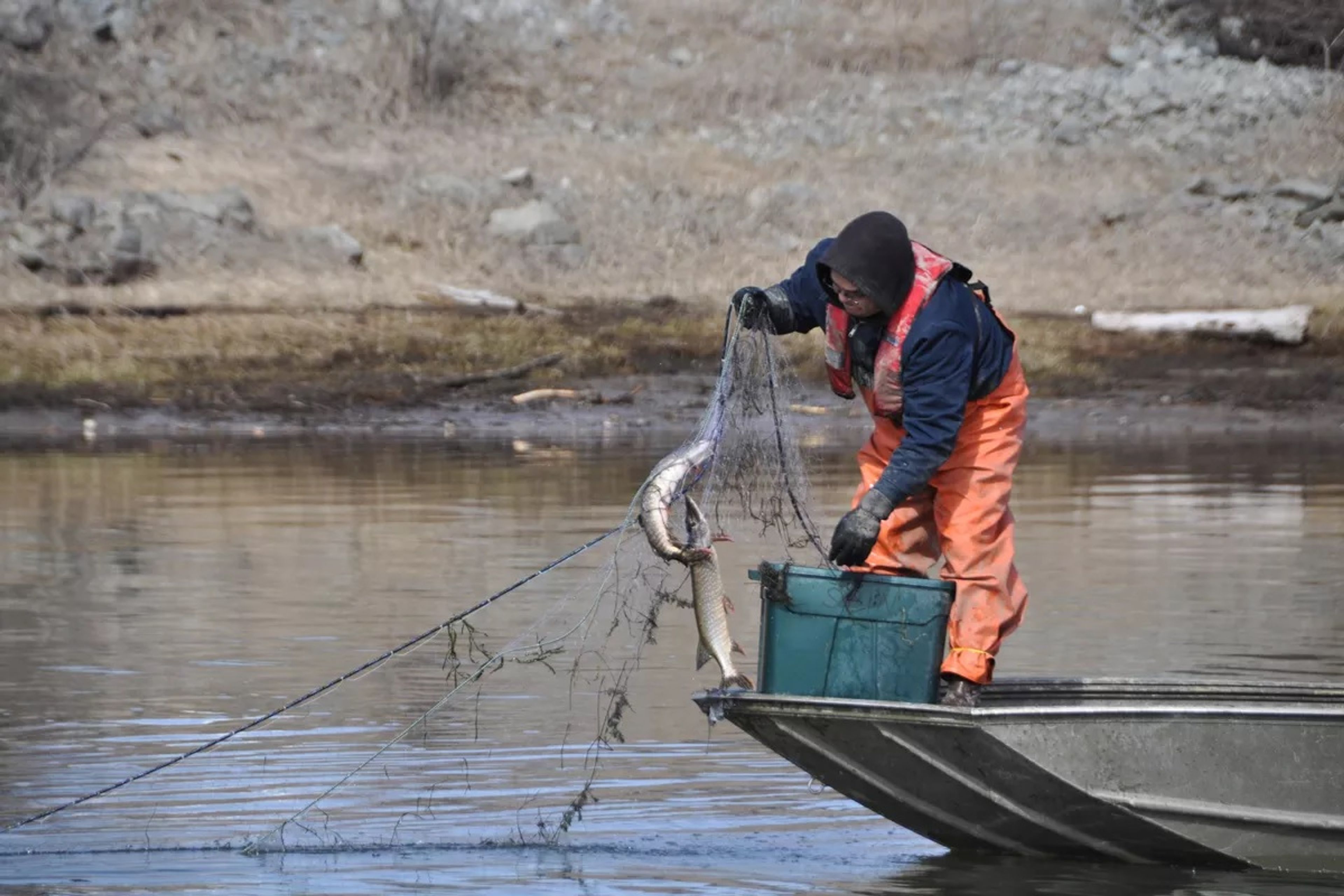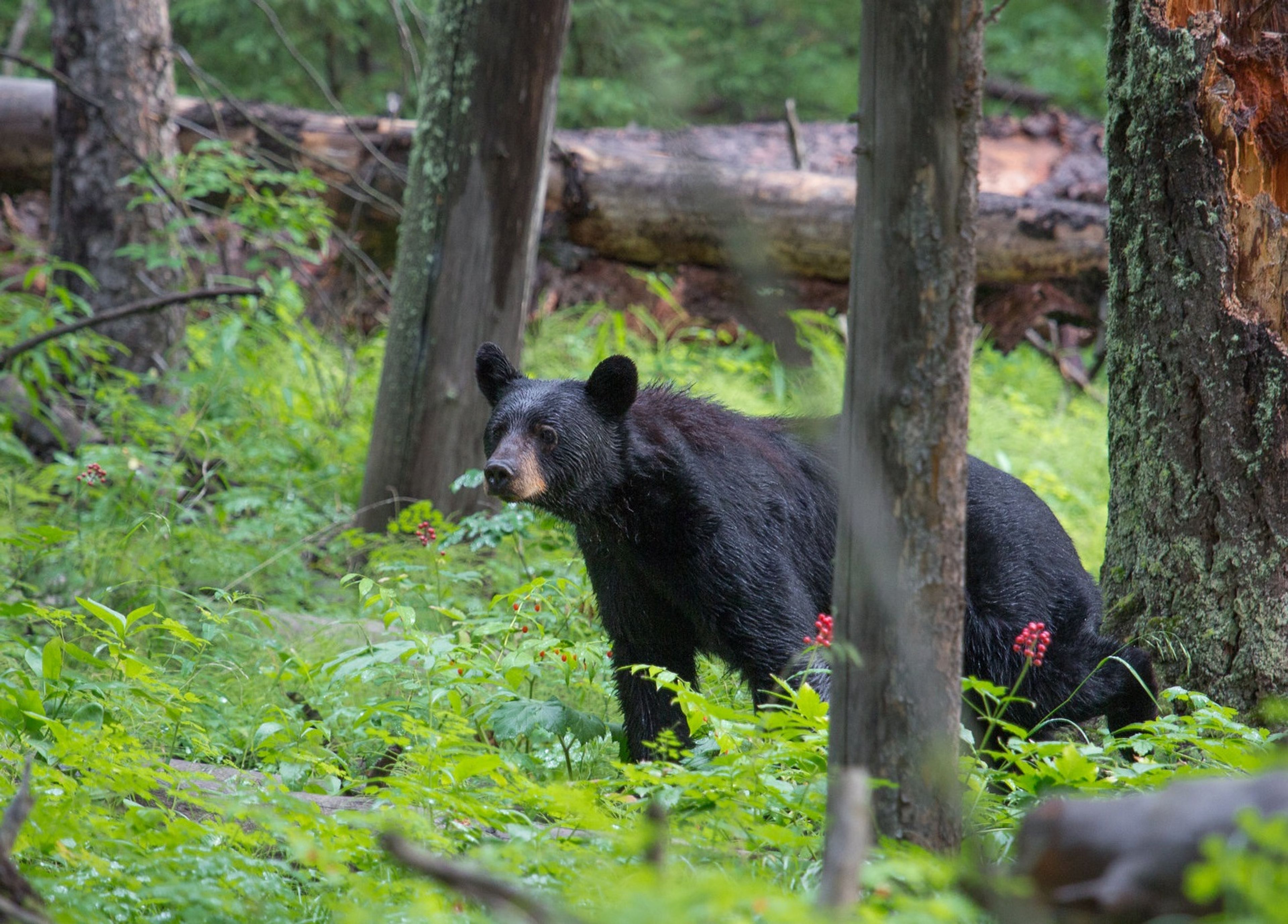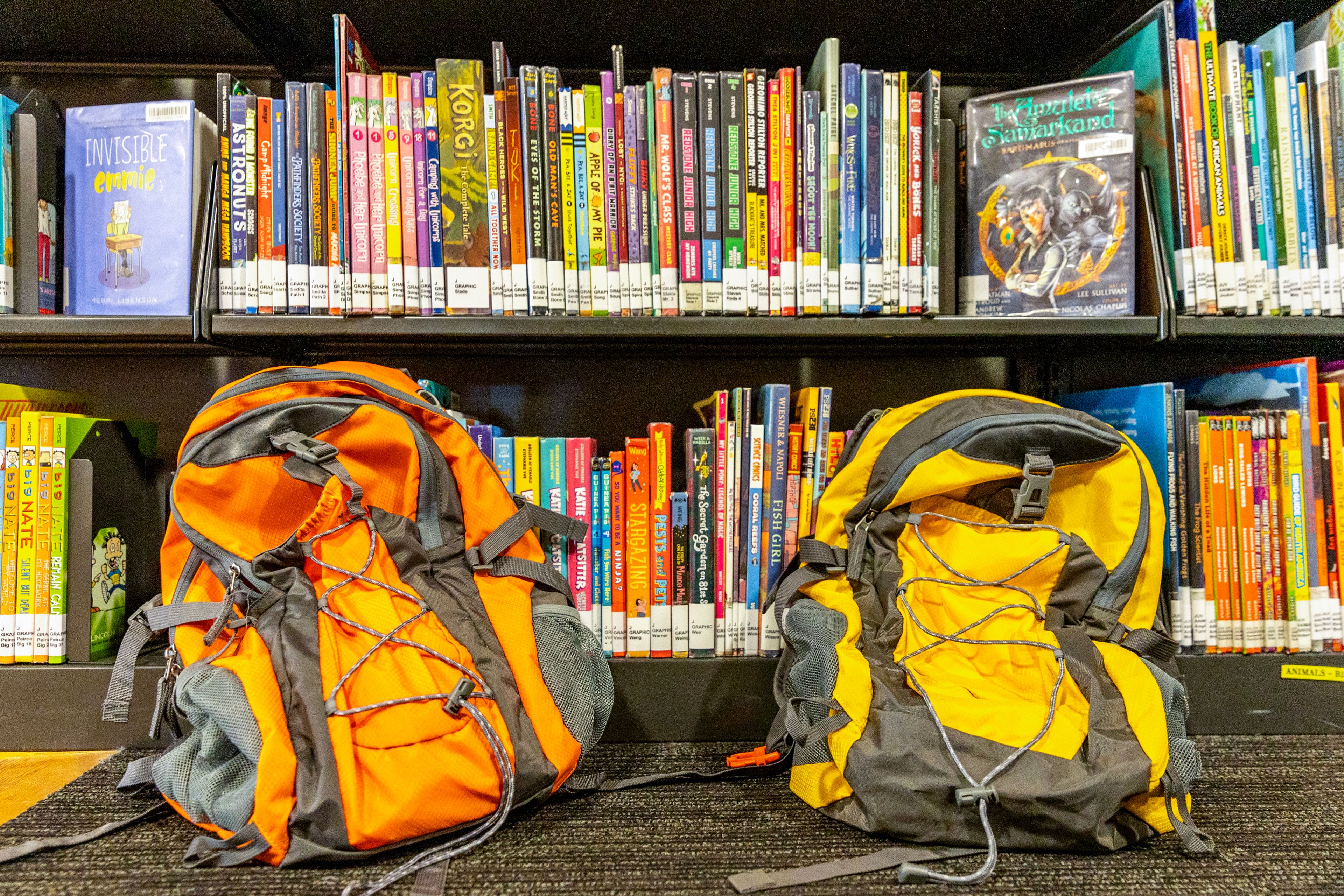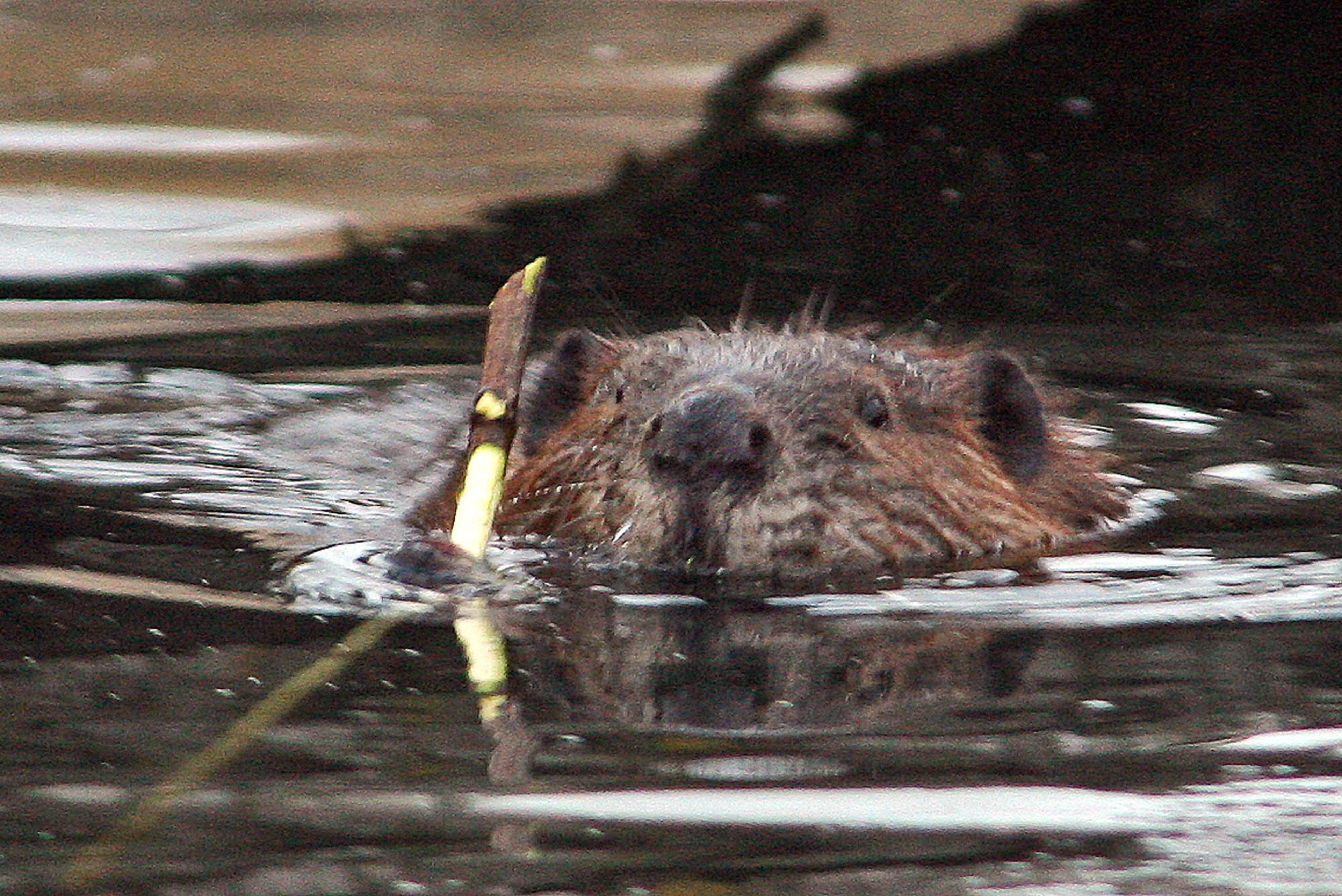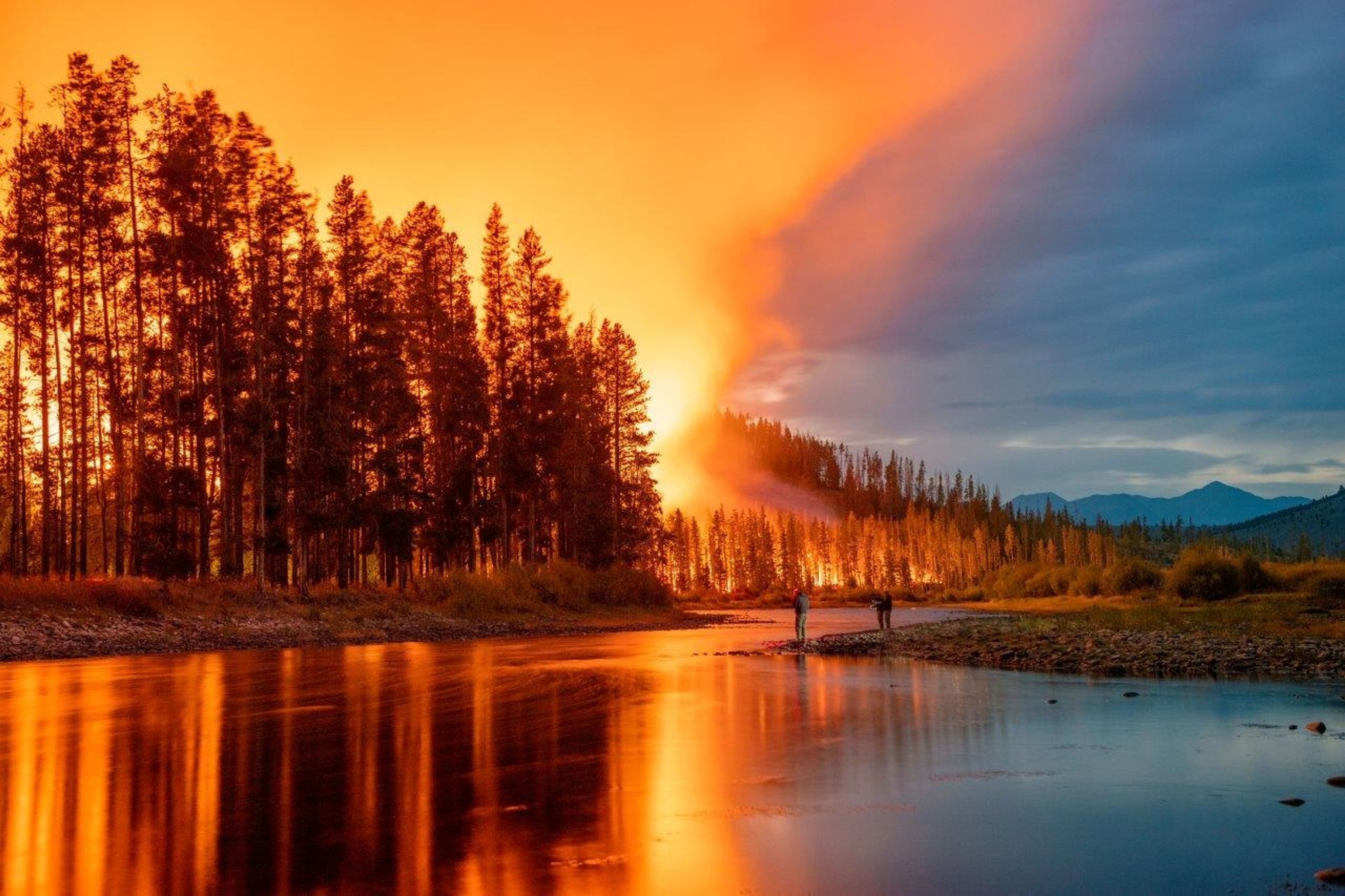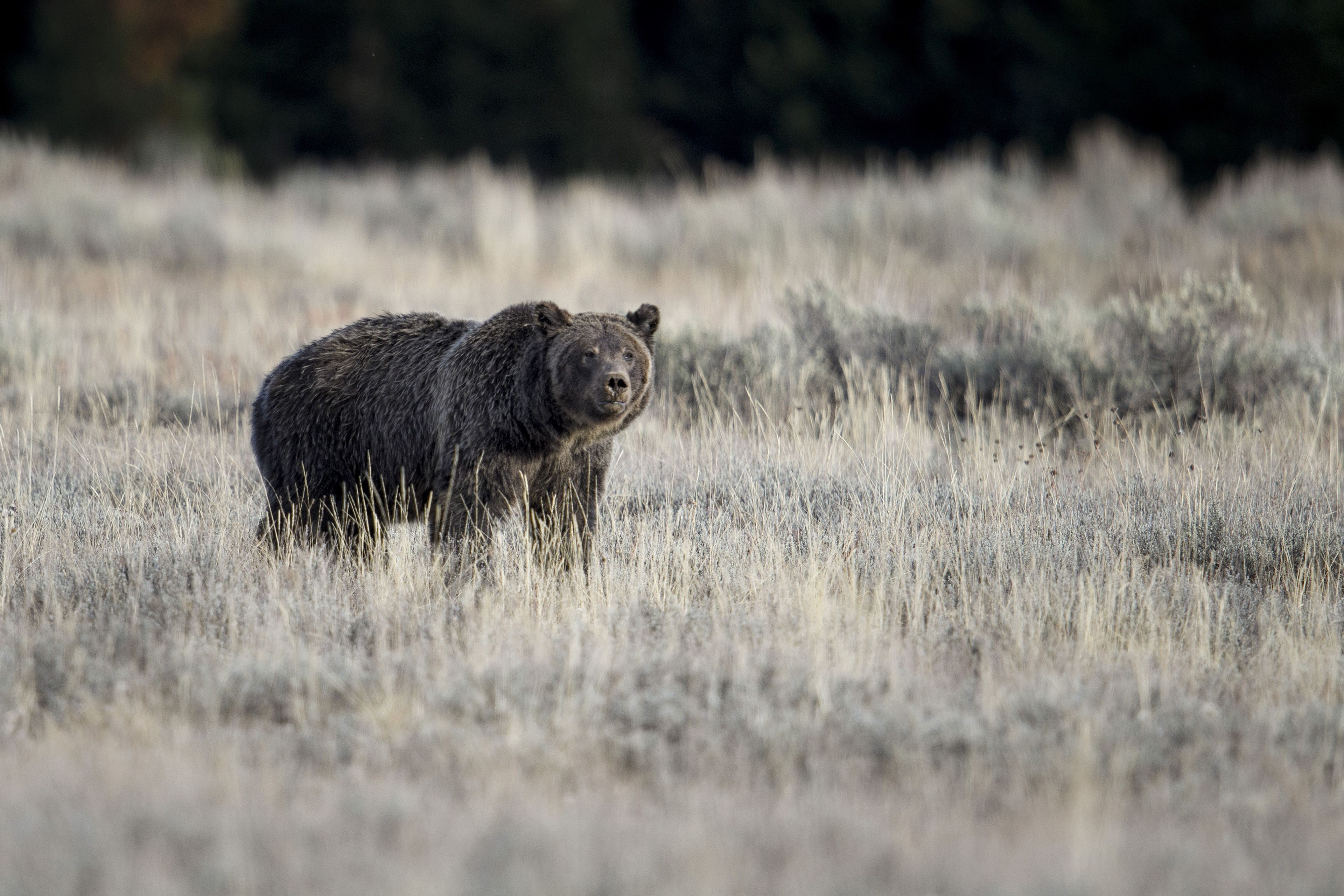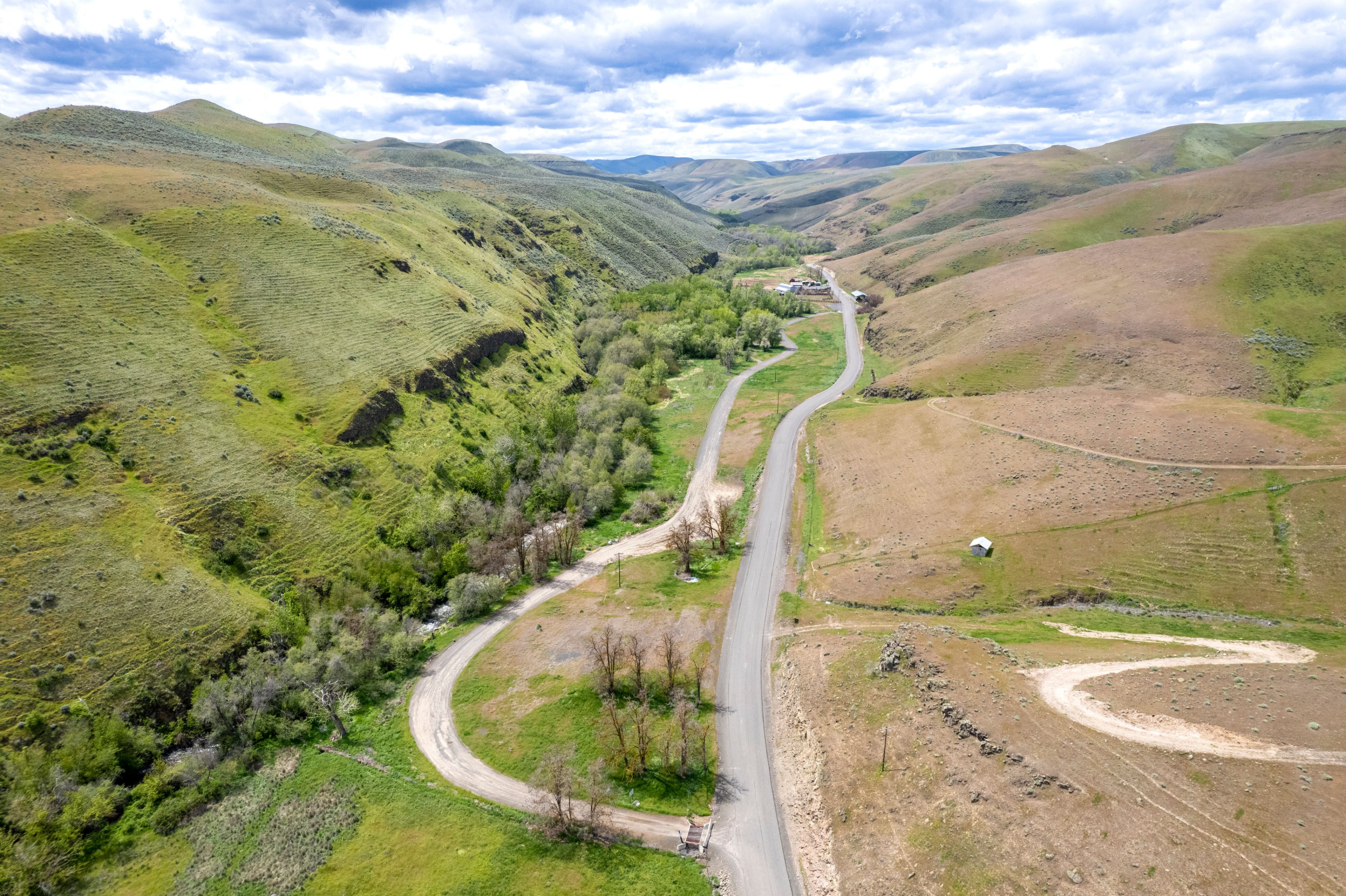DUCK VALLEY INDIAN RESERVATION, Idaho - Shoshone and Northern Paiute Indians whose ancestors were exiled to this 450-square-mile reservation amid 19th-century hostilities with the U.S. Cavalry have raised Angus and Hereford cattle on the Idaho-Nevada border for more than a 100 years.
The descendants of those 1878 Bannock War survivors now have turned to a new breed to help boost their economy: 5-pound trophy rainbow trout in an artificial lake on a flooded lava rock-and-sage plain that's also a migrating-bird haven.
Fly-fishing-only, catch-and-release Lake Billy Shaw was built in 1998 with federal money that paid for the tribe to divert water from the Owyhee River. It's now attracting anglers from as far as California, western Washington and Arizona, as word-of-mouth on fat rainbows up to 28 inches long has put Billy Shaw on the map of traveling fly fishermen.
"I caught 14 fish today, and 28 yesterday" said Ed Kelleher, a retired systems analyst from Monterey, Calif., who made the two-day, 702-mile drive from his home near the Pacific Ocean on advice of friends. He was spending four nights in a tent at one of the campgrounds tribal officials are developing.
The Duck Valley Indian Reservation came into being in 1877 by order of President Rutherford Hayes. Shoshone and Paiute Indians were under pressure from advancing white settlers pouring into the broad swath of high desert that includes present-day Idaho and northern Nevada.
Indians and soldiers waged running battles from Idaho to eastern Oregon, before bands of Indians including Chief Paddy Cap were finally exiled to the Duck Valley Indian Reservation. Paddy Cap's descendants became ranchers, raising beef cattle on this broad steppe 5,500 feet above sea level that's flanked by 9,000-foot mountains.
The place's extreme isolation - it's 100 miles from Elko, Nev., to the south, and 140 miles from Boise, Idaho, to the north - contributes to 40 percent unemployment. There's no cell phone service, no radio and during the winter, electricity that sizzles into the valley over decrepit transmission lines can be interrupted for days.
"We keep a good supply of firewood," said Ted Howard, the tribe's cultural resource officer.
While other Idaho tribes including the Nez Perce, Coeur d'Alene and Shoshone-Bannock have built casinos to stimulate earnings, Duck Valley is too close to gambling-friendly Nevada and too isolated from anywhere else for games of chance.
"The people we have discussed this with for the last 20 years have all said a small operation would be fun, but it would cost more money than a few slot machines would generate," said Kyle Prior, the tribe's chairman.
So instead, it's wagering that 430-acre Lake Billy Shaw's growing reputation as a lunker haven will help fill tribal coffers, as well-heeled fly fishermen who arrive with luxury campers buy $25-a-day permits, gas and supplies at the reservation store in Owyhee, Nev. Prior said fishing-related revenue isn't enormous, but it helps pay for programs including adding jobs to the tribal Fish, Wildlife and Parks Department and sending a teen to Europe for a cultural exchange.
"It's a nice balance, providing recreation and producing some revenue," Prior said. "Since we're westerners, we like our free time."
It's also a continuation of tribal history, said Tim Dykstra, director of the Fish, Wildlife and Parks Department: Indians used to sell migrating salmon they caught from the Owyhee River to white settlers and miners. Those fish were blocked by dams on the Snake and Columbia rivers, and the money from the Bonneville Power Administration that built Lake Billy Shaw in 1998 was meant to help mitigate those losses.
In 2007, the tribe has sold at least 2,700 fishing permits, including those for the reservation's two other lakes, Sheep Creek and Mountain View reservoirs. Off-reservation businesses including The Fishin' Hole in Bruneau, a ranching community 60 miles away, say they've benefited from increased fly-fishing traffic.
The best season lasts from April 1 to July 4 before midsummer heat, and picks up again in September and October. Jake Sellman, the tribe's fisheries project manager since 2002, said about 70 percent of the anglers come from the Boise area - including many in May, when Idaho's best fly-fishing streams such as famed Silver Creek, near Sun Valley, are closed.
The addition of Lake Billy Shaw in the valley floor also helps attract migratory birds, including thousands of whitefaced ibis that chow down on aquatic invertebrates like frogs. Other wildlife such as antelope also abound.
"I was serenaded by coyotes last night," said Brent Hoopes, a fisherman from Bellevue, Wash., finishing a day in his pontoon fishing rig, in which he using sinking line and streamers to attract the rainbows that flash in the depths. "They hit hard, run and jump multiple times."
On The Net:Shoshone and Northern Paiute Indian tribes: http://www.shopaitribes.org
